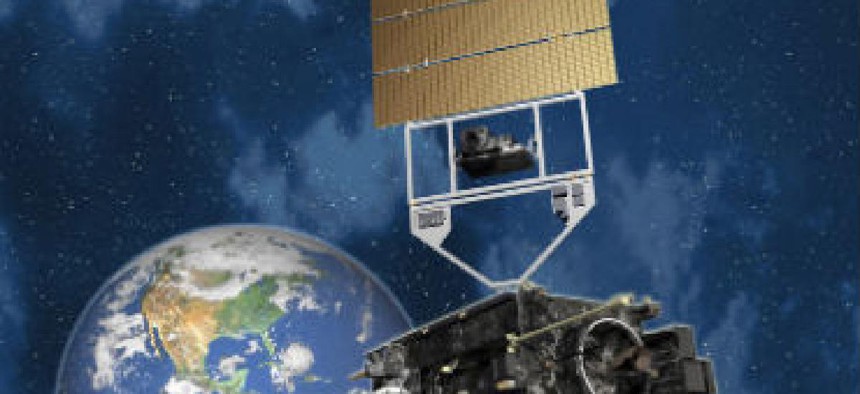NOAA satellite programs earn mixed reviews

Independent review team notes progress on most recommendations, but concerns linger of a gap in coverage "that could be months or years in duration."

The National Oceanic and Atmospheric Administration has made significant progress in the past year in developing two next-generation satellite programs, but critical issues require urgent attention, according to an independent review team.
The team released a report Nov. 14 stating that NOAA responded adequately in addressing 20 of 23 recommendations made in 2012 concerning the development of its Joint Polar Satellite System (JPSS) and Geostationary Operational Environmental Satellite-R Series program.
The satellite programs, whose total lifecycle costs are projected to be more than $22 billion, have experienced cost overruns and delays in recent years, with the polar orbiting satellite delays receiving the most press because of a potential gap in coverage that could handicap weather forecasters.
Thomas Young, chairman of the independent review team and former director of the Goddard Space Flight Center, said during a conference call with members of the press that although NOAA has largely resolved most critical issues, the review team "still believes there is an unacceptably high risk of a gap that could be months or years in duration."
The report lists gap policy, JPSS gap mitigation and JPSS program robustness as the most critical issues NOAA faces in the development of both programs. The JPSS-1 satellite is scheduled to be launched in 2017, but existing polar satellites might not last until then. A larger and more damaging gap could occur if JPSS-1 runs into launch problems or operational malfunctions. The JPSS-2 satellite is not expected to launch until 2021.
"JPSS data is of critical importance for accurate, reliable forecasting for storm warnings," Young said. "The absence of JPSS data due to a gap could potentially be catastrophic. Even if it started today, such a program could not totally protect against a gap. The current JPSS program is very fragile and needs to be made more robust."
The report defines a robust program as one in which "two failures must occur before a gap is created" and states that "decisions need to be made, resources dedicated and management actions implemented to quickly move the JPSS program in this direction."
In addition, the report calls for NOAA to implement findings from a study it commissioned earlier this year to help mitigate the potential gap, along with a "gap-filler" program. It calls on NOAA to advance the JPSS-2 launch date as early as possible and place a series of instruments under contract immediately.
Mary Kicza, assistant administrator for NOAA's Satellite and Information Service, said the agency will continue to adhere to recommendations made by the independent review team and address oversight, governance and the potential gap.






